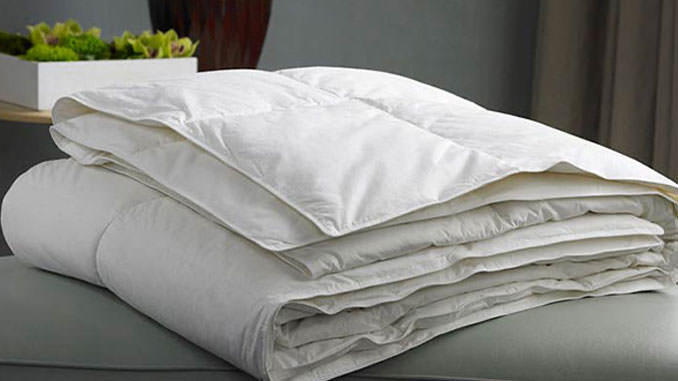
Generally, the arrival of the winter season and the decidedly colder temperatures are sanctioned by the appearance of a garment specifically designed to counter the cold: we are talking about the duvet.
This item of clothing is resistant to low temperatures. Still, it is quite delicate in terms of washing and cleaning: usually, I do not recommend a treatment with the washing machine, especially when made with goose feathers.
Yet washing at a dry cleaner is not mandatory, as the duvets can be safely washed in the washing machine at home: if you do not know how to manage not to ruin a jacket or coat of this kind, follow the small tips suggested inside of this particular and interesting tutorial.
Moisten delicate parts with cold water
Concerning the duvet’s preparation for washing, I advise you to take a careful look and identify any areas affected by multiple spots: if there are no limited areas, you can turn the jacket upside down, making it is inside outward.
Before placing the duvet in the washing machine, moisten the delicate parts most prone to damage or to unstitch (the sleeves, cuffs, and collar) with cold water and soap them or apply a stain remover. If your down jacket is equipped with a hood with a fur coat, you will have to remove it and treat it dry not to get damaged.
Set the program for delicates
Regarding the washing machine setting, you will have to choose the washing option for delicate clothes and adjust the temperature to 78°F at the most. You could risk ruining your duvet, causing it to discolor or even make it shrink in size.
By selecting a wash and rinse cycle for delicate clothes, you will have a low temperature, and your jacket will not be damaged in any way. Regarding detergent choice, I suggest you prefer a neutral one with a non-aggressive fragrance and absolutely exclude the use of fabric softener.
Shake the jacket and spread it on a hanger
The drying phase is the most complex and requires special attention: before removing the duvet from the washing machine, finish the wash with a centrifuge of at least 600/800 rpm and avoid wringing the garment.
You should rather shake the jacket (to redistribute the goose feathers inside it), lay it on a hanger, and let it dry completely: proper drying must be favored by the presence of adequate ventilation and must exclude direct exposure to sunlight. As your duvet dries, you will need to adjust it periodically with your hands to allow the goose feathers to return fluffy and well distributed.